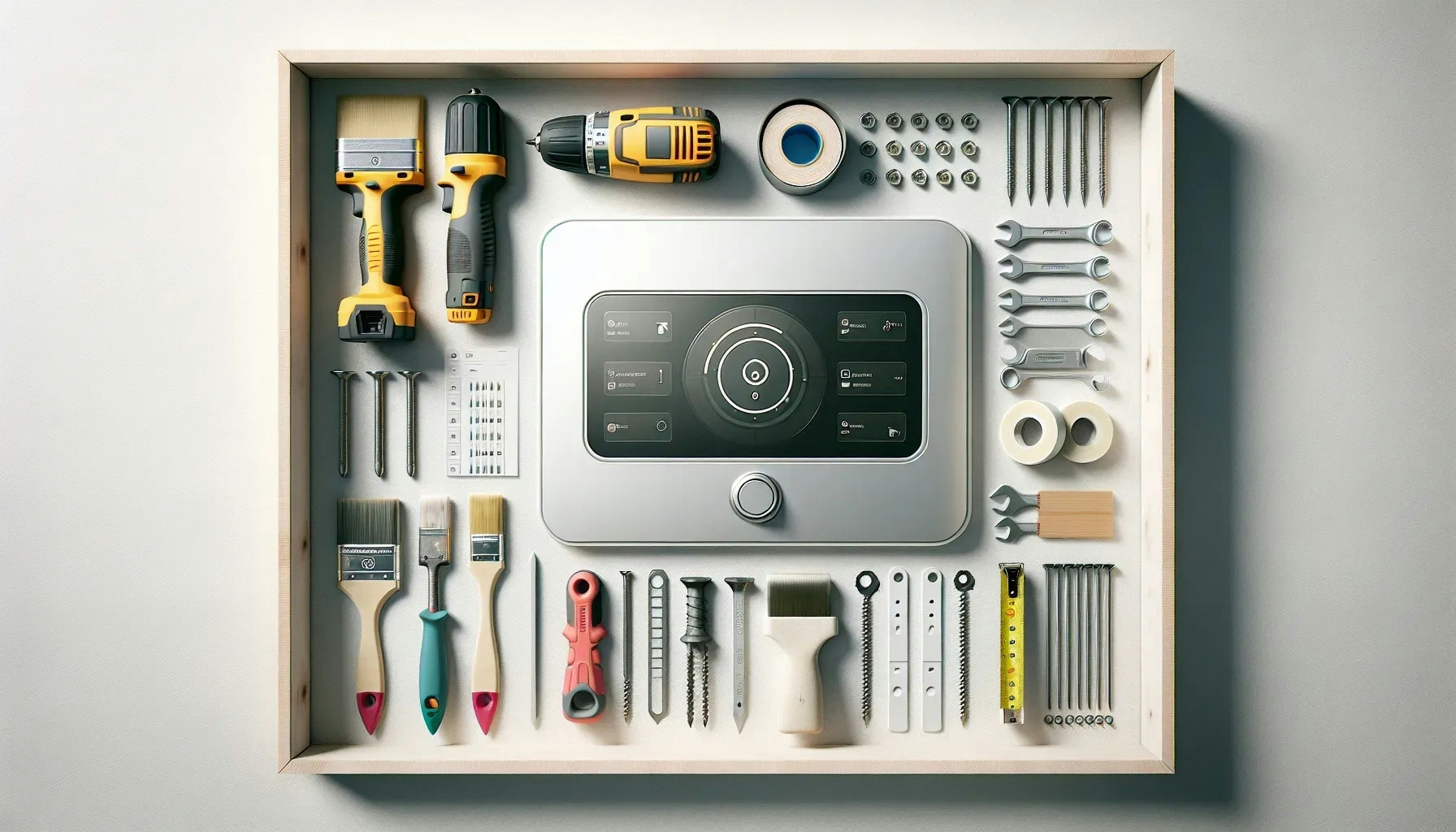What Are the Challenges of Integrating Smart Home Technology in Home Improvement?
Best of Home & Garden

What Are the Challenges of Integrating Smart Home Technology in Home Improvement?
When it comes to weaving smart home technology into home improvement projects, we've gathered insights from six industry professionals, including Real Estate Brokers and Directors. They share their experiences from leveraging tech expertise in design to addressing the specific challenges of motorized curtain track integration. Dive into the collective wisdom of these experts to enhance your next smart home integration.
- Leverage Tech Expertise in Design
- Prioritize Interoperability and Updates
- Collaborate with Tech Experts Early
- Stage Smart-Home Tech Implementation
- Understand Client Needs for Tech Integration
- Address Motorized Curtain Track Challenges
Leverage Tech Expertise in Design
Smart home technology integration has been both challenging and rewarding. As a custom home builder, I'm often tasked with integrating these technologies into existing homes or new builds. My background in web development has been a great advantage in understanding the tech side of these installations.
A common challenge comes in ensuring the technology fits seamlessly into the design of the home. We want all the advantages of modern smart home technology, but without it intruding on the aesthetic qualities of the living spaces. For example, with a recent project, a client wanted a full smart home system in a classic Texas Hill Country home design. We had to carefully plan the installation to blend with the interior design.
Another challenge is to future-proof the homes as much as possible. While we can't predict all future tech innovations, we can ensure that homes are wired and set up in a way that future upgrades are easier and less disruptive. For instance, we include conduits for potential future wiring needs.
Finally, educating homeowners on new smart technology is crucial. We ensure that tech is explained clearly and any concerns or questions are addressed. This was particularly important for a recent client, Dr. Chris and Julie Henderson. They required a home with wheelchair accessibility. Some of the smart tech provided not just convenience, but critical assistance for their day-to-day lives. It was rewarding to see how much the tech improved their living situation and home experience.

Prioritize Interoperability and Updates
Integrating smart-home technology into my home improvement project involved thorough research and planning. I selected devices compatible with a unified platform for seamless control. I prioritized interoperability. This allowed for a cohesive system that included smart lighting, security, and climate control. Learning the ins and outs of each device ensured optimal functionality.
Regular updates and troubleshooting kept the technology running smoothly. This approach not only enhanced convenience but also increased energy efficiency and home security.

Collaborate with Tech Experts Early
One approach we've taken is to collaborate closely with tech experts during the planning phase. We bring them on board to ensure that the integration of smart-home features aligns seamlessly with the overall home improvement project.
We've also prioritized educating our clients about the benefits and functionalities of smart-home systems. It's not just about having cool gadgets; it's about creating a home that adapts to your lifestyle. We host workshops and presentations to guide homeowners through the various options available and help them choose what suits their needs best.
In terms of implementation, we've streamlined the process by working with trusted suppliers who provide reliable and user-friendly smart-home solutions. This ensures that the installation is smooth, and homeowners can easily manage their new smart features without feeling overwhelmed.

Stage Smart-Home Tech Implementation
For smooth integration, I've learned to stage implementation. Get familiar with devices and apps before installation. Provision and configure as much as possible beforehand to minimize on-site troubleshooting. When construction's done, walk through with the client, demonstrating and customizing the system. Offer ongoing tech support and optimization to refine the experience over time. Taking this phased approach helps make smart-home tech adoption seamless rather than disruptive.

Understand Client Needs for Tech Integration
In my line of work as a property maintenance expert, I often have to adapt and grow with the trends, and integrating smart-home technology into improvement projects has been one of the most exciting challenges to navigate. Smart technology has the potential to revolutionize the way we live in our homes, from controlling temperature and lighting to bolstering security.
When we work on a project where integrating smart-home tech is a consideration, the first thing we do is to understand the clients' needs and what they hope to achieve with the technology. For instance, some clients may want to monitor their homes remotely, while others may want voice-activated appliances. Others may want systems that help save on energy costs. All these require different sets of technology, and so, getting this clear from the onset is crucial.
Applying smart-home technology in residential improvement needs a deep understanding of how these systems work. During one of our window-washing projects, we had to integrate smart-window tech that automatically controlled the opacity of the windows, balancing natural light, privacy, and energy efficiency. In another project involving pressure washing, we had to work around a client’s outdoor smart-security systems, being careful not to damage the sensors and cameras.
Integrating smart tech in property improvement projects involves learning, adapting, and carefully considering the needs of the client. It's a blend of technical skills with an understanding of the changing lifestyle dynamics as technology continues to grow.

Address Motorized Curtain Track Challenges
As a curtain and blind manufacturer, we have seen growth in smart home technology. Primarily, we have supplied a large number of motorized curtain tracks; these can work from a remote or through smart home systems like Alexa or Google Home.
The main issue most of our clients face is knowing that the curtain rail will hold the weight of the curtains they want to hang and trusting that the technology is robust enough to last. People want to know that the products they purchase are of exceptional quality.
The main challenge people have is ensuring they have the electric sockets located near where the curtain track or blind is to be installed. Or, if they are using rechargeable products, that the internal batteries will last a suitable amount of time without charging, e.g., 6 months.
